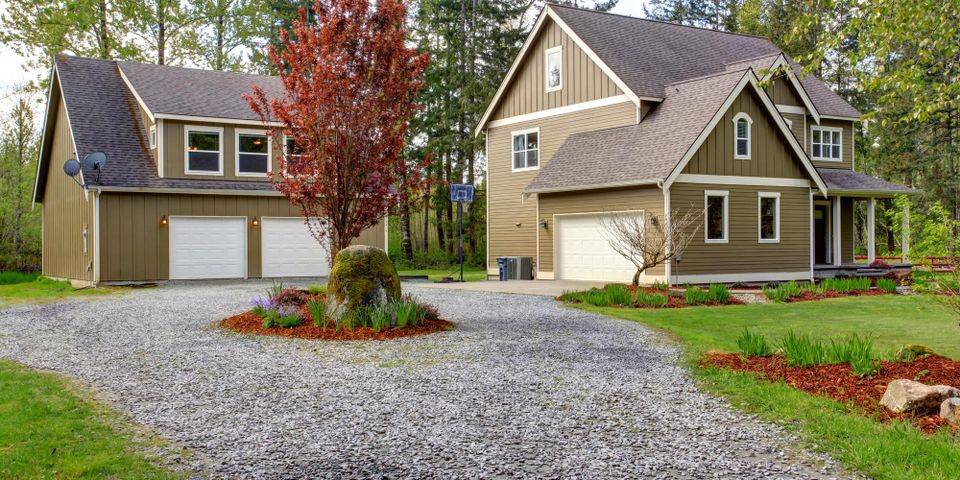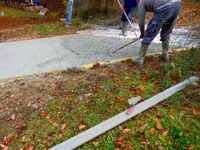3 Signs It’s Time to Replace Your Gravel Driveway

Gravel driveways are an affordable and low-maintenance solution for properties of all sizes. They last a long time when they are properly maintained, but, like any other material, they don’t last forever. Know the signs that your driveway is on its way out so you can have it replaced before experiencing driving or drainage problems.
When to Replace Your Gravel Driveway
1. The Surface Is Uneven
 A driveway should be completely flat across the surface. When it is higher on one end than the other, there will be drainage issues, and the road will wash out. It can also be a safety issue for people driving on the surface in inclement weather, as it may affect their traction. A road-building contractor will need to re-level the entire driveway; chances are that the driveway was not properly installed in the first place.
A driveway should be completely flat across the surface. When it is higher on one end than the other, there will be drainage issues, and the road will wash out. It can also be a safety issue for people driving on the surface in inclement weather, as it may affect their traction. A road-building contractor will need to re-level the entire driveway; chances are that the driveway was not properly installed in the first place.
2. There Are Bare Spots
The crushed rock should be around two inches thick, with a minimum of one inch at the thinnest spots. You’ll lose rock over time, so you will need to refill it when it starts to get thin. Bare spots will often lead to potholes as water pools in the spot and wears it down. Potholes should be repaired by widening the area around the hole, then pouring in fresh gravel.
3. The Surface Floods
Low spots in the driveway will cause flooding. If you notice pools of water after a storm, those spots will eventually become major holes or ruts. It will also wash away your gravel. The low spots will need to been leveled with the center of the driveway raked to a peak so water will run down the sides. Have an excavation contractor dig trenches or use drain pipes to divert water away.
The professionals at LaSalle Sand & Gravel can keep your gravel driveway in top condition. This contractor in Kalispell, MT, has been providing their large-scale clearing and supply services throughout the Flathead Valley area for over 15 years. Contact them online or at (406) 756-9070 for a free estimate.
About the Business
Have a question? Ask the experts!
Send your question

